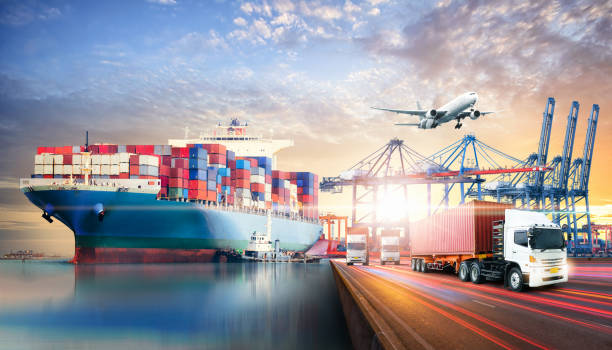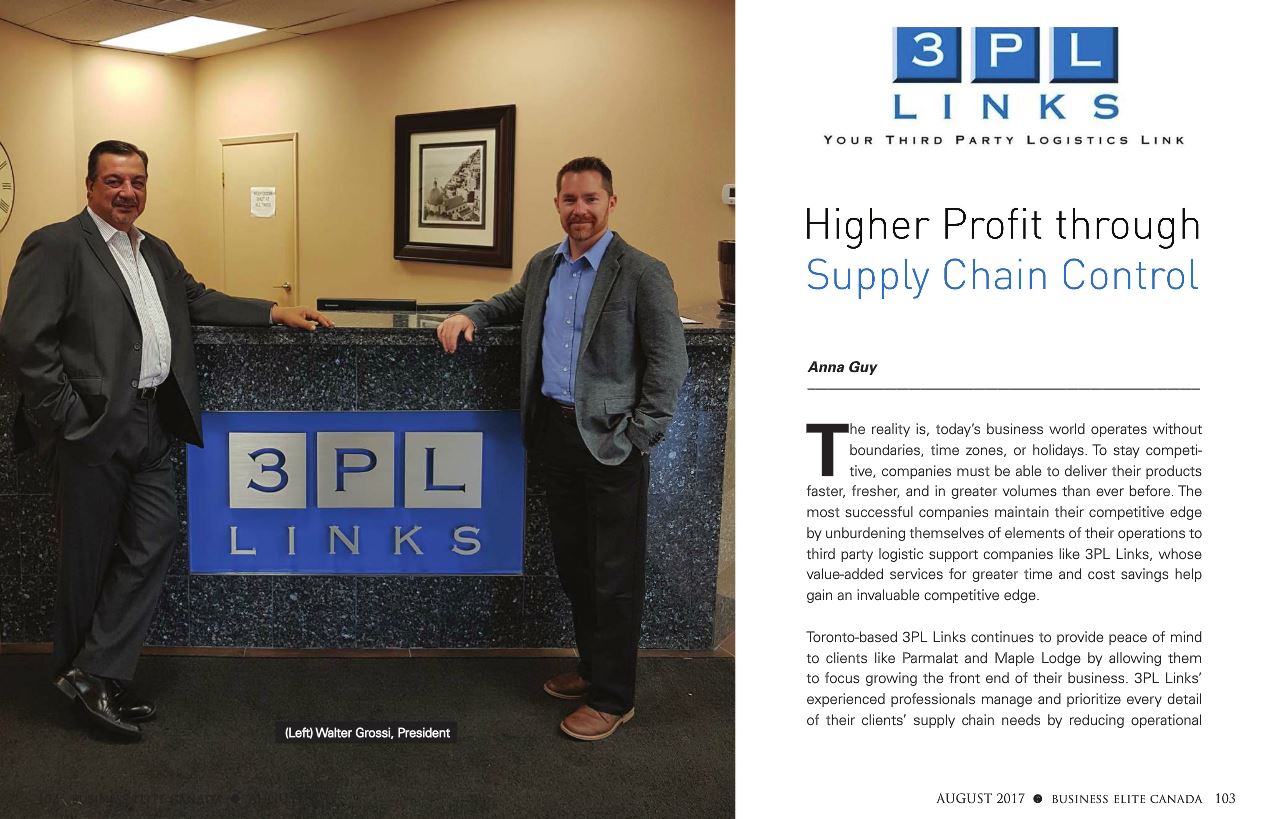Supply chain and logistics industries learn valuable lessons as a result of COVID-19
By Grant Cameron Published in FoodinCanada July/August 2020 edition
The COVID-19 crisis struck the world like a perfect storm. The clouds gathered quickly and in a matter of months shook the traditionally- solid pillars of the global food supply chain, changing the industry forever.
Grocery stores were under pressure to keep the shelves stocked as people turned away from the food service sector and prepared their meals at home. In the early days of the pandemic, panic-buying by consumers emptied some supermarket shelves and retailers had to impose limits on certain purchases.
Closure of restaurants, bars and cafes added to the mix. And to complicate matters, the supply chain was threatened by temporary closures of meat-packing plants due to workers testing positive for the virus.
Transportation and food distribution networks had their own logistical problems. At the outset, with restaurants and rest stops closed, many long-haul truckers did not have adequate access to food or facilities.
While the full impact of COVID-19 on Canada’s food supply chain will be the subject of study for some time to come, the crisis did expose vulnerabilities and raise concerns about the resilience of the system.
“A crisis tends to expose the vulnerabilities of organizations and their supply chains,” explains Jim Kilpatrick, global supply chain and network operations leader at Deloitte Consulting in Toronto.
“Most organizations were not prepared for a crisis of this magnitude. While some organizations had developed general supply chain risk management strategies and business continuity plans, very few had a playbook to respond to the risks presented by COVID-19.”
Most companies discovered that their supply chains were not as resilient as they thought, says Kilpatrick.
“Very few companies had end-to-end supply chain visibility, from source to consumer, to anticipate supply chain disruptions and proactively manage them. Visibility to direct-only suppliers proved to be insufficient as many disruptions were caused by issues with their suppliers’ suppliers.”
Meanwhile, he notes, very few companies had the inventory buffers to absorb the significant swings in demand and supply availability seen during the crisis.
“This will lead many organizations to rethink their supply chain footprint, inventory strategies and technologies that can enable broader supply chain visibility — with more of a balanced view and understanding of the trade-offs between resiliency and efficiency.”
Kilpatrick, a professional engineer who has led several global supply chain transformation programs, says the biggest challenge in the early days was getting food products into markets that were effectively shut down.
The Canadian lobster industry, for example, had significant supply destined for China, where prices are generally at a premium, yet no way to get the product into that marketplace given the shutdowns, he says.
On the home front, Canadians began stockpiling consumer staples that led to logistical challenges to keep the retail shelves stocked.
“As the crisis grew in Canada, and consumers were asked to self-isolate, we saw a significant surge in e-commerce and home delivery. Most food companies and grocery retailers were not prepared for this massive surge in on-line volume and needed to quickly respond. Most organizations were able to respond sufficiently with manual and labour-intensive processes, which met the demand but at a relatively high cost.”
Transportation and logistics companies were also under pressure to keep products moving while the rest of the world shut down.
“It’s been a challenge for sure,” says Don Fleming, vice-president of operations at 3PL Links, which specializes in moving freight such as food and beverages from international destinations or across Canada. “The first two months were very tough. It was mostly the unknown and not knowing which clients were able to continue.”
There were also questions around how businesses were going to operate and how paperwork would be processed. In the beginning, companies were introducing various technologies so drivers could avoid exchanging paperwork and remain safe while moving loads, but the platforms were often very different.
With so many shippers and receivers in the mix, 3PL decided to share best practices and platforms and send out information to its network.
“Our sales reps and I were calling around asking what the procedures were looking like and what they were noticing and what was working well, and then we started sharing that with our client base and they started sharing it with theirs — their shippers and receivers and suppliers, so that worked really well.
“The handheld partners quickly went to no-touch so it took a couple of weeks before receivers and clients adapted,” says Fleming. “We were sending out communications saying, ‘Listen, here’s what your solution is and here’s what it has to look like for quite some time and please let us know if you have any issues.’”
Fleming figures a third of 3PL’s clients are now using no-touch systems. “They’re okay with having a handheld and not getting a piece of paper and sending an invoice with a screenshot. We were told things would never change but you have to.” The trucking industry, a key link in the supply chain for grocery stores and food suppliers, was particularly affected by the pandemic.
Jean-Marc Picard, executive director of the Atlantic Provinces Trucking Association which represents more than 320 companies, says drivers and dispatchers had a number of logistical hurdles to overcome, more so in the early days when rest areas were closed or limiting service and drivers couldn’t find sanitary supplies.
Provinces also had different rules, he says, and trucking companies had a lot of questions. Drivers often called to find out if they needed to isolate.
“It was fast and furious at first but we were quickly identified as essential workers which settled things down somewhat. Communication with government and our members was key.”
The association launched a #thankatrucker campaign across Canada aimed at helping restaurants, people and communities recognize the importance of trucking, and Picard says the response was amazing.
On the logistical side of things, paperwork was perhaps the biggest headache for truck drivers, notes Picard, but many carriers have now moved to electronic documents to avoid risk of contamination. Much of the paperwork at the borders has also been eliminated so drivers have less personal contact with officers.
Dave Earl, president and CEO of the British Columbia Trucking Association, says the closure of restaurants and washrooms made life difficult for truckers in the early days but the industry stepped up and by the middle of April the situation had stabilized.
The safety of drivers was and remains the principle challenge, he says. The association has been working with customers to reinforce the importance of protecting drivers.
“We are asking drivers to travel to areas where the virus is very prominent, to interact with customers, and deliver the goods we all rely on. Drivers not only have to be protected, they have to be confident they have the ability to work safely and not bring the virus home to their families.”
Earl says both the supply chain and logistics industries have learned valuable lesson from the COVID crisis.
“The economic web that we operate in is extremely complex and fragile. It’s not just about moving goods, it’s taking care of the people who do the work.”








